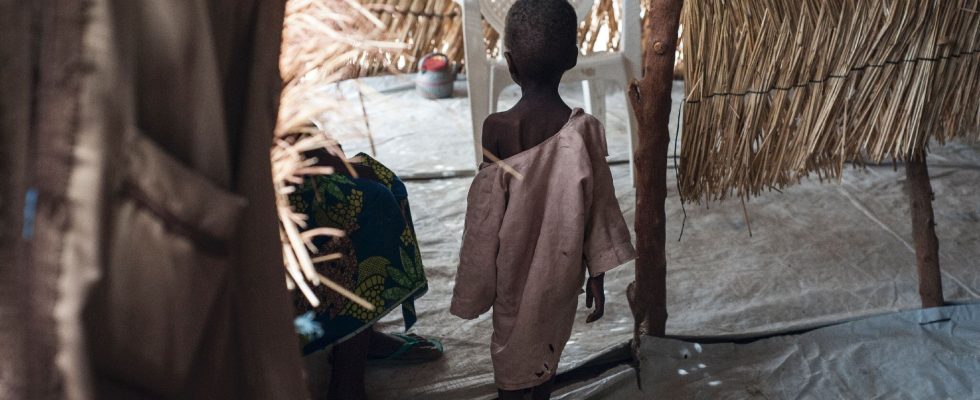This is encouraging news. The mortality of children under 5 has fallen to a historic low in 2022, finally falling below 5 million, but this progress is “precarious” according to a report led by Unicefprepared in cooperation with the World Health Organization (WHO) and the World Bank and published this Wednesday, March 13.
“There is good news, and the most important is that we have reached a historic record for under-5 mortality, which has fallen below 5 million for the first time: to 4.9 million,” says the ‘AFP Helga Fogstad, responsible for health issues at Unicef. This new estimate of 4.9 million in 2022 represents a drop of 51% since 2000 and 62% since 1990. Figures which, like every year, are accompanied by a certain margin of error.
Notable progress in certain countries…
Progress is particularly notable in a few developing countries (Malawi, Rwanda, Democratic Republic of Congo, Cambodia and Mongolia), where infant mortality has fallen by more than 75% since 2000.
“Behind these numbers are the stories of midwives and skilled health workers helping mothers deliver safely […]who vaccinate and protect children against deadly diseases” or who go “at home” to ensure the good health and nutrition of children, commented in a press release Catherine Russell.
…but slowing down in sub-Saharan Africa
But the head of Unicef brings nuances. Indeed, it is a “precarious success” as “progress risks stagnating or even reversing unless efforts are made to neutralize the many threats to the health and survival of newborns and children,” the report warns.
Worrying signs are already there. Thus, at the global level and in certain regions, notably sub-Saharan Africa, progress “slowed down”: between 2000 and 2015, the decline in global infant mortality was twice as rapid as for the period 2015-2022.
In total, 162 million children under the age of 5 have died since 2000, including 72 million in the first month after birth. Complications linked to birth (premature babies, asphyxia, congenital anomalies, etc.) remain one of the main causes of child mortality, with 2.3 million deaths in their first month in 2022. Between one month and 5 years, respiratory infections (especially pneumonia), malaria and diarrhea are the main killers.
All these deaths are particularly unbearable because they are premature and “avoidable”, underlines the report. But without urgent investments in child health, 59 countries will not meet the UN target of reducing child mortality to 25 deaths per 1,000 births in 2030, and 64 will not reach the target specifically linked to deaths during of the first month (12 per 1,000).
“These are not just numbers on a page, they represent lives cut short. If current trends continue, 35 million children will die before their fifth birthday between now and 2030,” the report insists.
Yawning inequalities
Progress also masks gaping inequalities across the world, with sub-Saharan Africa accounting for more than half of children under 5 who will die in 2022. A child born in one of the countries with the highest infant mortality rate top (Chad, Niger, Nigeria, Sierra Leone, Somalia, with more than 100 deaths before the age of 5 per 1,000 births) is 80 times more likely to die before turning 5 than a child born in one of the best-off countries (Estonia, Finland, Japan, Norway, Singapore, San Marino, Slovenia, Sweden, with less than 2.5 per 1,000).
“The place where a child is born should not determine whether he lives or dies,” declared WHO boss Tedros Adhanom Ghebreyesus. “It is essential to improve access to quality health services for every woman and child, including during emergencies and in remote settings.”
